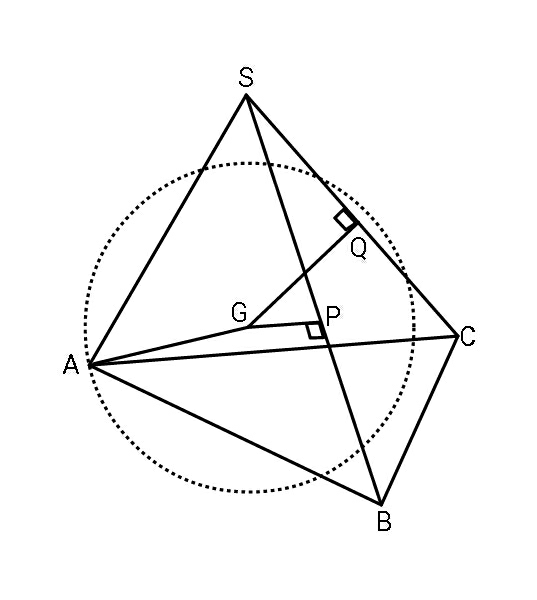
AllQuestion and Answers: Page 1308
Question Number 83621 Answers: 2 Comments: 1
Question Number 83524 Answers: 2 Comments: 2

Question Number 83521 Answers: 0 Comments: 1
Question Number 83520 Answers: 1 Comments: 0
Question Number 83513 Answers: 0 Comments: 2
Question Number 83512 Answers: 1 Comments: 0
Question Number 83511 Answers: 1 Comments: 0
Question Number 83500 Answers: 1 Comments: 0
$$\frac{{d}}{{dx}}\left(\left({a}+{bx}\right)^{{c}+{dx}} \right) \\ $$
Question Number 83495 Answers: 0 Comments: 5
Question Number 83493 Answers: 0 Comments: 0
Question Number 83488 Answers: 1 Comments: 0
Question Number 83481 Answers: 1 Comments: 3

Question Number 83477 Answers: 0 Comments: 1
$${a}^{{b}} +{b}^{{a}} =\mathrm{1}\:\:\:{a}=?\:,\:{b}=? \\ $$$${a}\neq{b}\neq\mathrm{0} \\ $$
Question Number 83473 Answers: 1 Comments: 0
Question Number 83471 Answers: 2 Comments: 1

Question Number 83459 Answers: 0 Comments: 2

Question Number 83445 Answers: 2 Comments: 1
Question Number 83441 Answers: 1 Comments: 0
Question Number 83440 Answers: 0 Comments: 0
Question Number 83430 Answers: 1 Comments: 0
Question Number 83425 Answers: 0 Comments: 1
Question Number 83492 Answers: 0 Comments: 0
Question Number 83491 Answers: 0 Comments: 1
Question Number 83420 Answers: 1 Comments: 4
Question Number 83413 Answers: 1 Comments: 3
$$\mathrm{y}\:=\:\mathrm{x}\:\mid\mathrm{x}\mid \\ $$$$\mathrm{find}\:\mathrm{y}\:'\:? \\ $$
Question Number 83411 Answers: 2 Comments: 1

Pg 1303 Pg 1304 Pg 1305 Pg 1306 Pg 1307 Pg 1308 Pg 1309 Pg 1310 Pg 1311 Pg 1312
